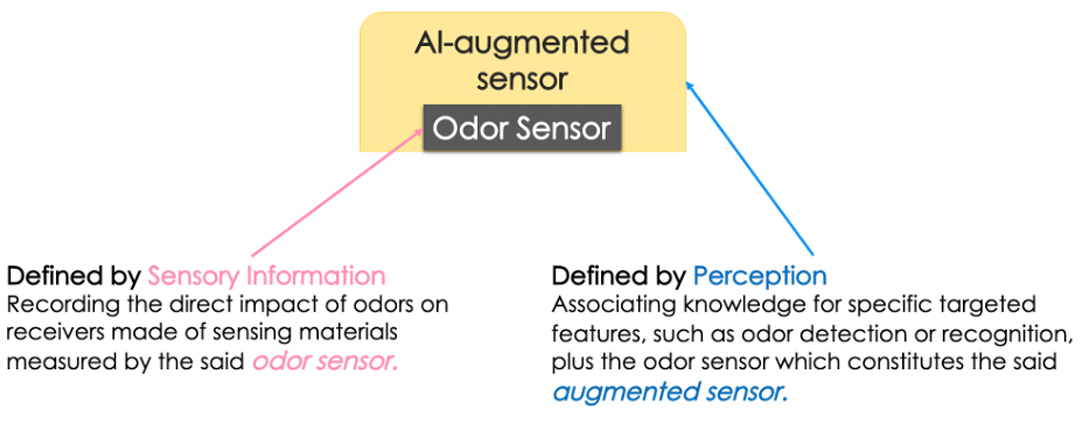It shouldn’t be surprising that what smells pleasing to one person has the opposite effect on someone else. They could be smelling the same item, in the same environment, and still have drastically different reactions. Why is that? For starters, it is because odor is a construct of our olfactory cortex—the source of an odor isn’t the object, it’s the human perception.
Odor is a manifestation of information about the object, its environment, and the molecules that make it up. How an item smells is a completely subjective determination based on personal interpretation. It is informed by our individual experiences and translated in an odor description by how our brain remembers our previous experiences. AI-augmented odor sensors look to take into account both the sensory information and the perception that makes up our sense of smell.

Companies are hoping to alleviate the subjectivity of odor information through the use of eNose technologies. However, there is no universal standard for odor analysis or digital specification. While one eNose may provide an odor signature and intensity rating, another sensor using a different measurement principle could interpret the data completely differently. This highlights the need for standardization in digital olfaction as a way to compare the quality of the platform’s ability to interpret and analyze odors.
As a primary use for odor data involves ensuring product quality and consistency, understanding the quality of analysis is critical to the success of the use case. Standards for quantifying digital olfaction solutions need to:
- Consider the targeted application, use case and relevant odors
- Assess performance of a sensor to both detect and distinguish the odors
- Analyze repeatability and reproducibility regardless of multivariate sensor technologies
Just as companies and manufacturers wouldn’t be satisfied with incorrect packaging or off-brand colors, they need to expect the same from the odors associated with their products. Developing a consistent way to gage digital olfaction solution performance will give companies the confidence in not just the data, but the answers it provides.

